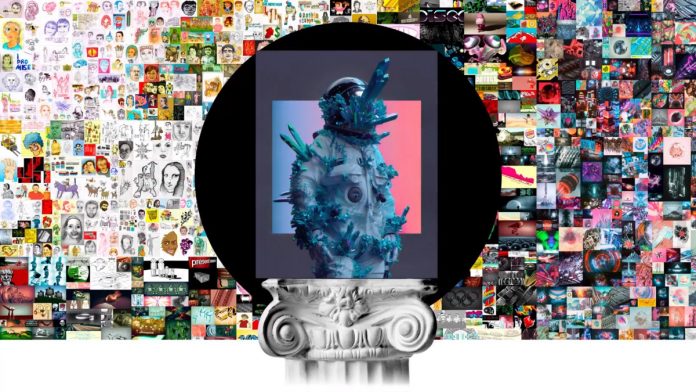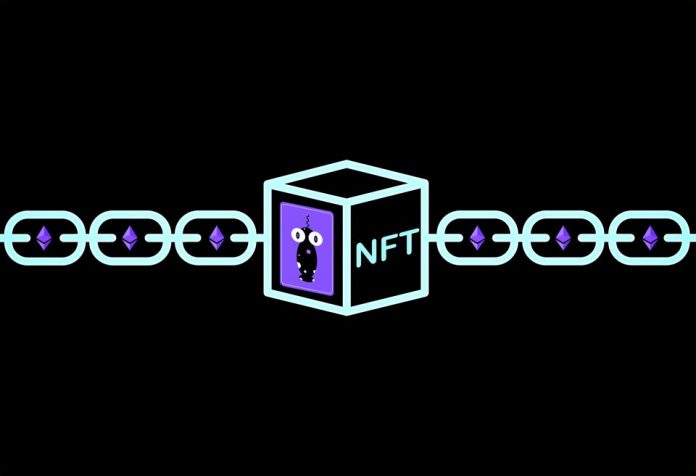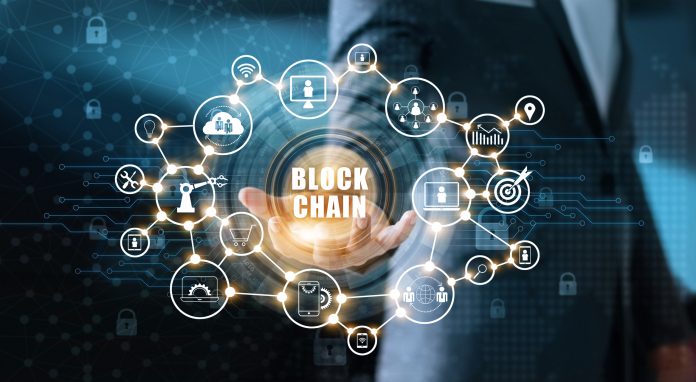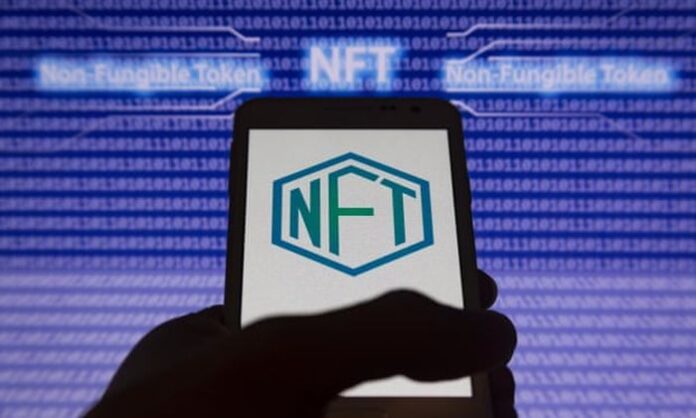Non-fungible tokens – say that five times fast. Few can pronounce the term, but it’s the hottest trend of 2024 so far. Every other day, we hear about another six or seven-figure NFT deal – and therein lies the appeal. It’s all about the money – thanks to NFTs, lots of it is being made.
But even if you have no desire to become an NFT millionaire, you might still be intrigued. What the heck is an NFT, and why are they important?
In this article, we’ll answer both questions – so let’s get started.
So – What is an NFT Anyway?

Are you into collecting, or know someone who is? If so, how do you know whether something is a genuine article? Well, usually, you ask for authentication before buying. Getting a certificate of authenticity is one way to prove that an object of interest is real and NOT an elaborate fake.
But what about digital assets? Sadly, their formless nature had made it nearly impossible to verify any of them – until recently, that is. Through the 2010s, blockchain enthusiasts attempted to create unique assets on the BTC blockchain. That approach, however, had limitations. So they moved on to Ethereum, where a concept known as NFTs slowly grew.
From Rare Pepes to Cryptopunks, early NFTs slowly won over pioneers. By 2018/2019, the movement had gained serious momentum. And now, with the concept proved, NFTs have entered the mainstream.
What has changed? These days, NFT blockchain code can clearly distinguish any digital asset from copies. It reveals who made the NFT and who currently owns it. Long story short – NFTs are digital certificates of authenticity. Because of this, everything has changed for online creators.

Digital Artists Are (Finally) Getting Paid
Since the dawn of the internet, most digital artists worked for the love of their craft. Some used their portfolio to land freelance graphic design work – but sell their online paintings? Impossible – how could they prove the original file wasn’t a copy of another artist’s work?
In 2024, NFTs have solved this problem. With an unhackable record of creation/ownership, creators worldwide are rushing to tokenize and sell their best works.
Recent NFT sales speak for themselves. An 18-year-old high school senior named Victor sold a work called The Everlasting Beautiful for 550,000 USD. Meanwhile, 87-year-old comic book illustrator Jose Delbo joined forces with digital artist Trevor Jones to create a digital oil painting of Batman. It netted the pair 552,000 USD.
Then there are NFT millionaires. Famed artist Kevin Abosch, who had previously made headlines for selling a picture of a potato for 1 million USD, got into digital art in 2018. On Valentine’s Day, he sold a tokenized painting of a rose. The payoff? A cool million USD.
But in recent months, Mike Winkelmann, a digital artist from the American Midwest, took things to an entirely new level. In October 2024, he sold Crossroads, a painting of Donald Trump with two hidden versions. Depending on the outcome on election night, it would show one of the two works.
That sale netted Beeple 66,666 USD – not a stratospheric result, but not terrible, either. But after the election, the picture revealed itself to be #45’s desecrated corpse. Once this happened, the piece skyrocketed in value. In February 2024, its first owner resold it for 6.6 million USD – 100x its original valuation.
But that only made the first buyer rich – not Mike. However, Beeple wouldn’t have to wait long for his moment in the sun. In March 2024, he posted Everydays – The First 5000 Days – a composite image of the 5,000 daily works he’d posted since 2007.
On the website of famed auction house Christie’s, the bidding spiralled out of control quickly. When the dust settled, the work sold for a jaw-dropping 69 million USD. Largely thanks to this NFT sale, Mike “Beeple” Winkelmann is now the third most valuable artist alive.
Not bad for a self-taught digital illustrator.
A Whole Industry is Growing Up Around NFTs
At this point, the NFT has more than proved its usefulness. As its popularity soars, an entire economy is growing up around the new technology. One obvious need: platforms to buy & sell NFTs. That’s what CurrencyWorks does – recently, their site hosted the release of Topps’ digital Garbage Pail Kids.
Also, established brands are awakening to the opportunity that NFTs present. After the smashing success of NBA Top Shots, the NFL may do the same. Finally, online physical art marketplaces may decide to open a trading desk for digital works. If they do, their share prices will likely soar.
Want to learn more about NFT plays? As this sector grows, the analysts at InsiderFinancial.com will provide you with some interesting leads.
Hold On – Are NFTs Just One Big Scam?

To the uninitiated, the mania surrounding NFTs feels fishy. And can you blame them? Often, its advocates pump NFTs as if they were a penny stock. Now many are just passionate, as they have a rock-solid belief in a decentralized future. But whenever you hear hyperbolic claims being bandied about, it pays to dig beneath the surface.
In short – no, NFTs are not a pump-and-dump scam. If you’re paying attention, the use case for this technology has exciting implications for digital creators. But that hasn’t stopped speculators from creating a massive bubble. And already, prices are starting to fall back to Earth – since mid-February, the average sale price of NFTs has plunged by more than half.
As if that wasn’t enough, fraudsters have taken advantage of the frenzy surrounding NFTs. According to The Verge, scammers are ripping artworks from forums like Deviant Art, tokenizing them, and claiming them as their own.
In our view, this issue is the biggest challenge facing non-fungible tokens. If they can overcome this problem, they will gain further acceptance among creators and investors alike.
The Blockchain Revolution Forges On

We’ve barely begun to scrape the surface. First, the blockchain brought us digital money/gold (BTC). Now, this technology has enabled a system that allows online creators to make a living in the same way as their offline counterparts.
The more you learn about NFTs and other blockchain applications, the more exciting the future gets.









